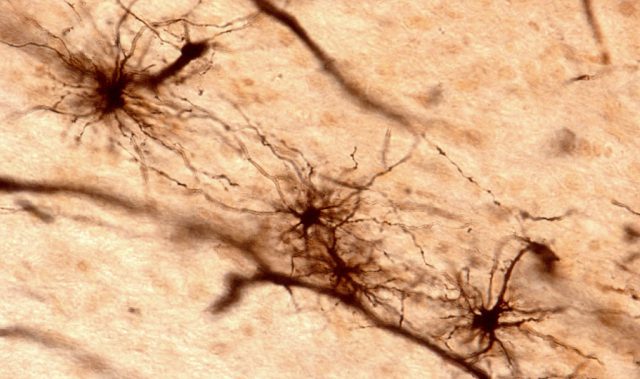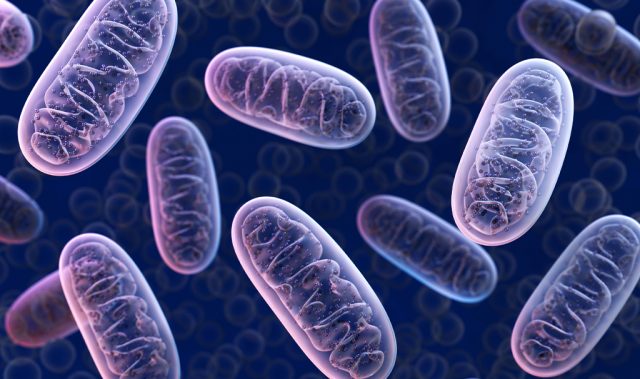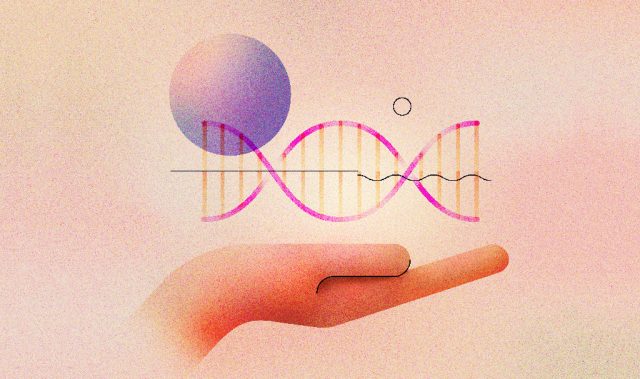
AsianScientist (Mar. 6, 2013) – Researchers have found a new potential benefit of a molecule in green tea: preventing the misfolding of specific proteins in the brain.
The aggregation of these proteins, called metal-associated amyloids, is associated with Alzheimer’s disease and other neurodegenerative conditions.
A paper published recently in the Proceedings of the National Academy of Sciences explained how University of Michigan researchers used green tea extract to control the generation of metal-associated amyloid-β aggregates associated with Alzheimer’s disease in the lab.
The specific molecule in green tea, (—)-epigallocatechin-3-gallate, also known as EGCG, prevented aggregate formation and broke down existing aggregate structures in the proteins that contained metals – specifically copper, iron, and zinc.
“A lot of people are very excited about this molecule,” said Mi Hee Lim, an assistant professor at the U-M Life Sciences Institute, noting that the EGCG and other flavonoids in natural products have long been established as powerful antioxidants.
“We used a multidisciplinary approach. This is the first example of structure-centric, multidisciplinary investigations by three principal investigators with three different areas of expertise.”
While many researchers are investigating small molecules and metal-associated amyloids, most are looking from a limited perspective, said Lim.
The team’s next step is to “tweak” the molecule and then test its ability to interfere with plaque formation in fruit flies.
“We want to modify them for the brain, specifically to interfere with the plaques associated with Alzheimer’s,” she said.
The article can be found at: Hyung S-J et al. (2013) Insights into antiamyloidogenic properties of the green tea extract (−)-epigallocatechin-3-gallate toward metal-associated amyloid-β species.
——
Source: University of Michigan; Photo: neilgorman/Flickr/CC.
Disclaimer: This article does not necessarily reflect the views of AsianScientist or its staff.












